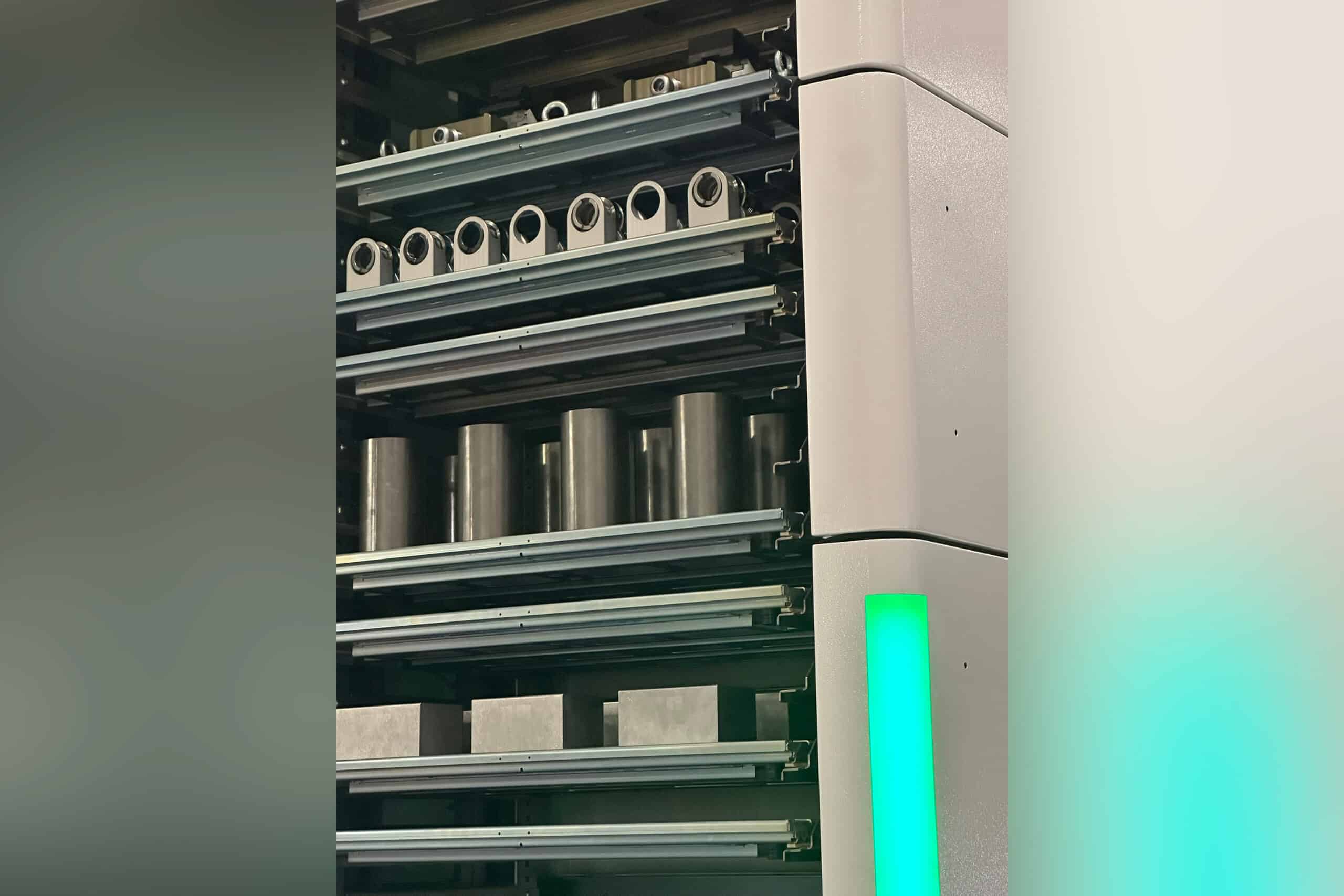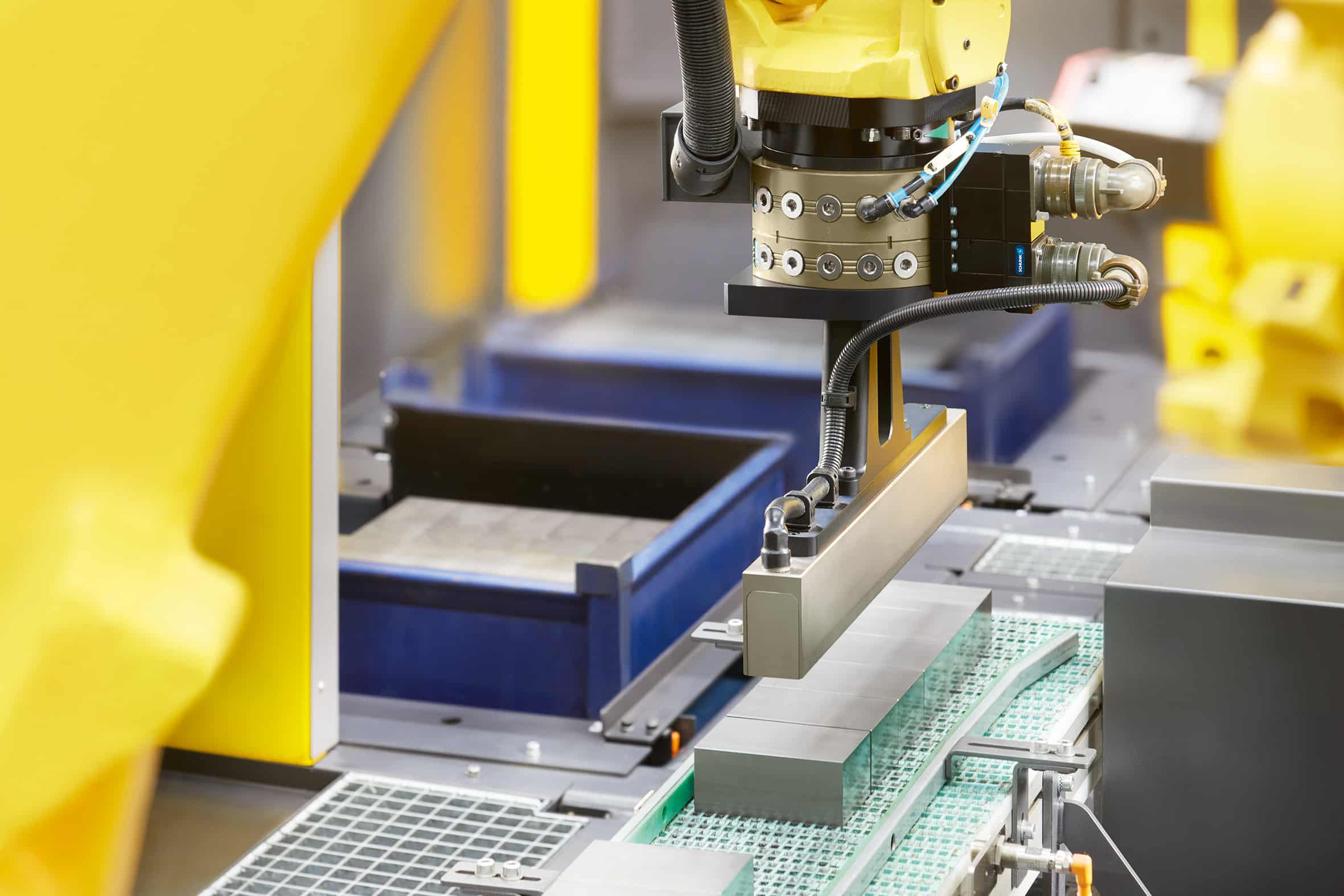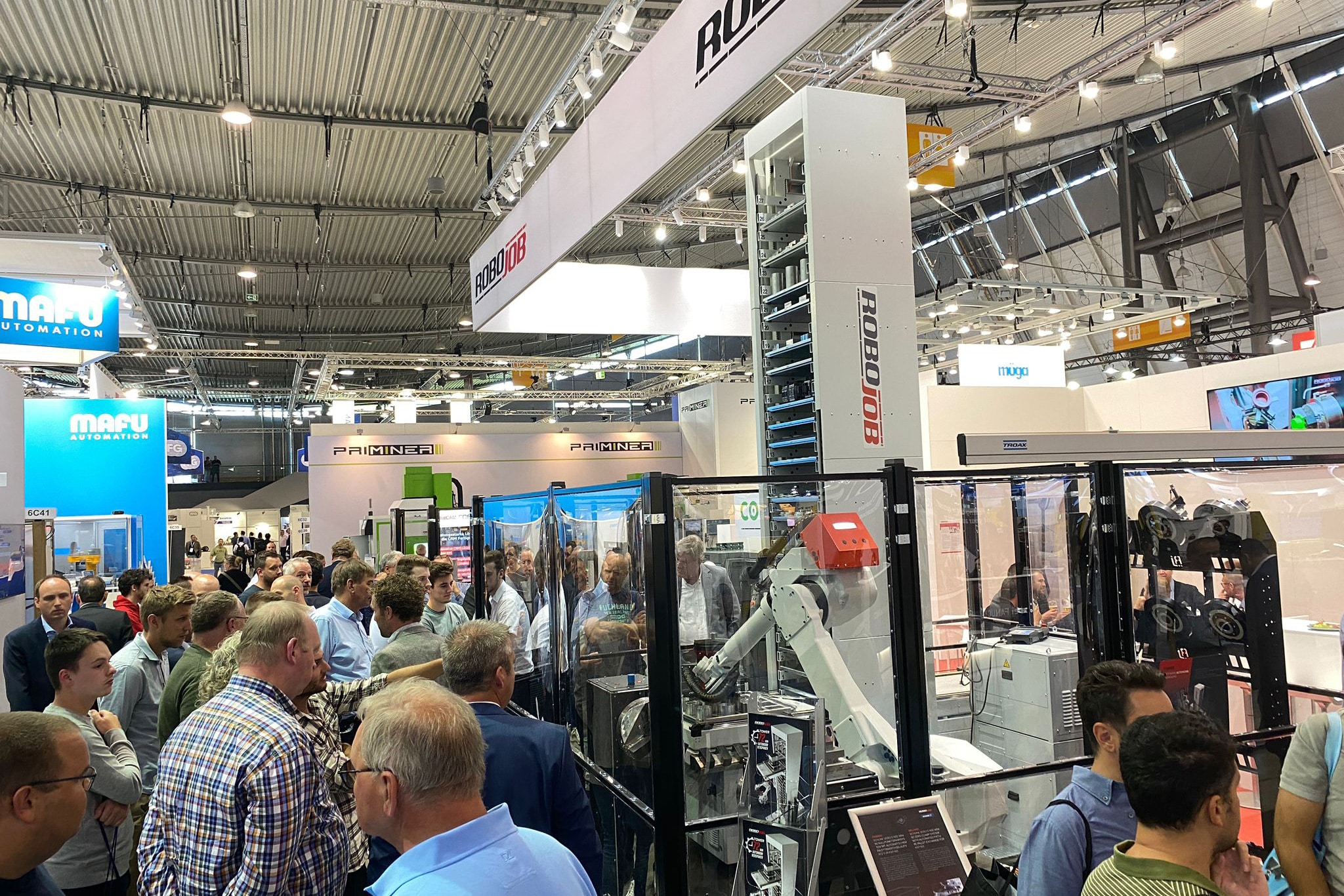
Plasma cutting ready for the future
Plasma cutting technology is facing more and more competition from the fiber laser. Yet as a distributor of Kjellberg Finsterwalde, Plasma Solutions is more ready than ever to enter the fray. The latest member of the Q series, Q4500, is the perfect answer to the shift to increasingly heavy systems that deliver the familiar quality in thin sheet metal but can also handle thicker work without any problems. Plasma Solutions Managing Director Jan van Overbeeke updates us on the most important evolutions.

Plasma doomed? Nothing could be further from the truth. Since October, Plasma Solutions has moved to a new location in Lichtaart.
"The area has gone times four," Van Overbeeke reckons. "So we are ready to grow further." For although plasma cutting in the segment up to 15 mm feels the hot breath of the fiber laser on its neck, it is precisely its versatility that is proving to be a tremendously strong asset. "Because plasma can give the same high cutting quality in both thin and thick sheet metal. Therefore, there is a growing trend toward the high-end heavy plasma systems. In particular, the new Q4500 plasma sources introduced by Kjellberg Finsterwalde at the last EuroBLECH set new standards, with their output of 450 A and with the best cutting quality to date. Plasma cutting can also be easily integrated into all kinds of solutions, for example in robotic applications or for use in all kinds of special machines. Think of profile robots for H-beams, tube cutters or solutions for Holland profiles in shipbuilding. That will further expand their playing field in the coming years."

Digitization for more connectivity
Plasma Solutions also stands out in this area, by the way. As the Kjellberg Finsterwalde partner in Benelux and France, it helps devise customer-specific solutions, if required. "For example, with special torches, hose packages or electronics. We see that the classic plasma cutting table at just about all machine builders is increasingly being expanded with other tools to further enhance this versatility. For example, drilling heads, marking units or channels for cutting tubes are being integrated and, of course, the ability to cut bevel," Van Overbeeke comments.
The new series such as the Q devices also feature extensive capabilities in terms of connectivity.
"No one escapes digitization. This allows resources to be integrated directly into machine control through EtherCAT communication. But it also offers the user every opportunity to gain more insight into his plasma cutting processes, for example to consumption data, and to get remote support from the manufacturer for diagnostics, updates and support."

Continuous evolution of improvements in cutting cost and quality
Because plasma cutting technology also continues to evolve in this area. "Step by step we are trying to further reduce the cutting cost per meter. "On the one hand by optimizing gas consumption, on the other, Kjellberg Finsterwalde is also investing very heavily in research to increase the service life of wear parts. But here it is about more than just the plasma source; optimal tool life is a perfect interaction of the plasma source with the control of the cutting table or the control of the robot. Hence the importance of connectivity.
"An additional challenge here is the trend toward thicker cutting and the associated high cutting currents and powers acting on the wear parts. But we are working on it. Another working point is cutting quality, here too we see a continuous evolution of small improvements each time. Especially the cutting of small holes gets a lot of attention here. So plasma cutting is and remains a high-performance technology that absolutely has its place in modern metalworking."
Heeft u vragen over dit artikel, project of product?
Neem dan rechtstreeks contact op met Plasma Solutions.
 Contact opnemen
Contact opnemen



